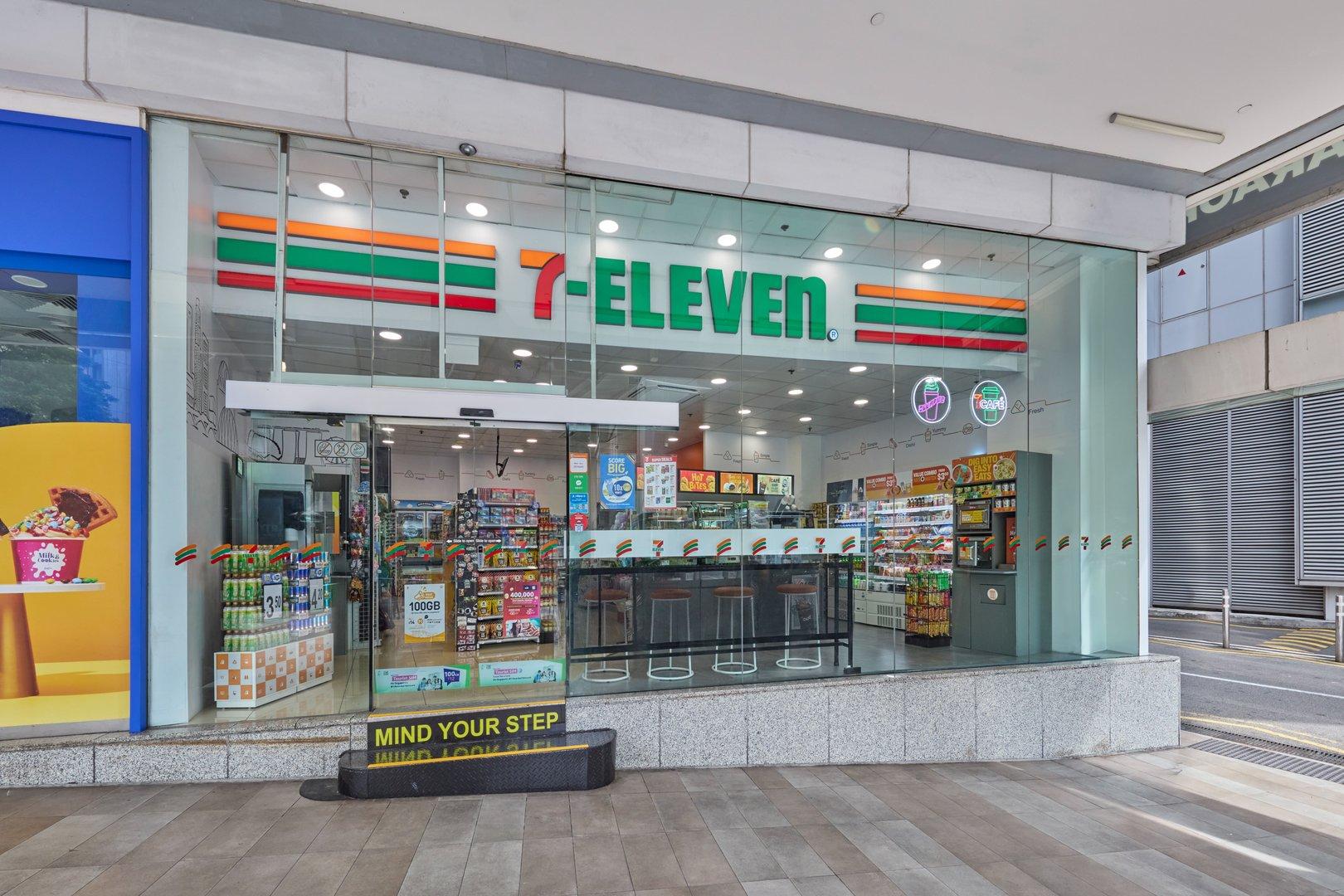UNBOUND |
Internationalize Your Brand Successfully
Written by Yash Patil, Digital Marketing Strategist, Astreem Consulting
Having operated your business successfully in Singapore, and given how Covid 19 has impacted so many companies, this may be an excellent time to consider spreading business risk by growing your business beyond our shores. Many brands leverage their brand equity to enter new markets and increase global recognition. There are many regional routes to increasing your brand footprint, including setting up your corporate-owned outlets, joint ventures, franchising, and for the larger SMEs, expansion via merger and acquisition.
Regardless of the expansion strategy you select, it is never advisable to make the bold step of entering a new territory without first defining your international growth strategy. Any business that wants to break into a new market must begin by asking what it’s competitive advantage is and what differentiates it from other brands. It then needs to dedicate time to producing answers to three big questions: (1) Which new markets to enter? (2) With what strategy? (3) With what type of structure?
Building a business model for a growth strategy that addresses these questions and the company’s resources and capacity will define its international strategy. It is never a one-size-fits-all answer. Suppose a business cannot offer better value than its competitors by providing enough differentiation, a lower price, or brand positioning. In that case, it will not be able to sustain a competitive advantage.
Understanding different ways of entering a new market in the medium and long term is a crucial consideration for international expansion, whether it is simply a case of exporting or sourcing locally. While internationalization typically denotes big business carried out on a global scale, even the smallest companies can internationalize successfully with limited resources if they play their cards right. Moreover, being prominent and well-known does not mean entries into new markets are an automatic success.

Even Franchise Giants Like MacDonald’s Have Had False Starts In New Markets
In 1996, McDonald’s appointed two different local partners: One for North and East India and another for South and Western India. Apart from deciding on partners, McDonald’s faced several difficulties when they first arrived in India. They had to modify consumers’ perception of American food habits and while adjusting to local tastes, preferences, and culture. Also, they encountered political opposition and distribution challenges. Furthermore, creating a robust supply chain and training personnel based on McDonald’s standards was also complex.
Whilst there was overall awareness of the religious differences, the first approach was only to offer vegetarian meals, alienating other groups. The diversity in local language and communication was one of the most significant components of the culture. The Indian population is very diverse and complex as the nation is split between different communities, religions, beliefs and value systems. All these factors significantly influence nations’ preference for food and dining in general. Environmental and animal rights activists and religious groups initially met McDonald’s initial approach to India with massive resistance. The initial strategy was to target the majority of the population, however only to discover later that by doing so, it had alienated groups.
Eventually, McDonald’s realized that what people worried about was if the food being prepared matched Indian preferences. This meant creating separate food delivery lines, separate kitchens and clear communication of what was the vegetarian offering versus the mainstream menu. They also formulated a suitable pricing strategy to facilitate the high volume of consumers, targeting mainly the lower and middle class. Even for this fast-food giant, it has taken them over 20 years to post profits.
How Singapore Brand Joe & Dough Successfully Entered Indonesia By Being Ready
Closer to home, many brands from Singapore enter new territories through franchising, often assuming that their critical success factors will remain the same in different territories. However, often a rude shock awaits when they realized that not everything is as they thought. Necessary drivers like brand acceptability, price positioning, menu/product mix, target market behaviour and expectations, and location selection must be considered.
The entry of Singapore home-grown brand Joe & Dough into Jakarta, Indonesia, is an example of a Singapore F&B operator who left little to chance in their market entry strategy. The brand owners of this brand chose to enter via a Joint venture with a partner who had an experienced team and was passionate about building F&B Brands. With the support of Enterprise Singapore, Joe & Dough conducted an in-depth brand strategy localization through Astreem’s market entry program to help them transform the brand into a well-loved café in Jakarta.
Before COVID-19 in 2020, they had already opened four outlets in under 18 months. Despite the pandemic, Joe & Dough was still able to sustain their business throughout the global shutdown. Once the borders and markets had opened up in 2022, they immediately set up their 5th outlet. One of their main success factors was investing time and effort to conduct sufficient market research to understand the targeted and emerging markets and how the brand can be customized to fit local needs.
Learn about the Joe & Dough franchise opportunity at Franchise Feature - Joe & Dough.
Brand Localization In Overseas Markets
Differentiation From Local Market Players
It is important to differentiate by having a clear, unique selling proposition. In the case of Joe & Dough, they chose to be “ THE BEST CROISSANT IN INDONESIA”. All the baked products and pastries were produced to back up their claim. Within a few weeks, through the help of social media and word of mouth, Joe & Dough had claimed their position in consumers’ minds.
Connecting With Customers
The outlet design is a crucial touch point with their consumers, so it was essential for the brand to resonate with its target audience. For example, instead of building your outlets to precisely reflect the Singapore look and feel, find out what appeals to your target customers in advance.
Pricing
Price points are also another vital area to pay attention to. Simply making a transposition of price to a different market cannot work as the spending power across different territories will differ. As such, adjustments need to be made so that the resulting price and brand positioning are well placed for the targeted market.
Supply Chain
Being involved in setting up the supply chain is also critical to the success of an international setup. Finding a competitive cost of goods ratio and quality supplies directly impacts the business’ success. Being actively involved in this process will increase the chances you do not pay more for products than you should, allow you to establish rapport with key suppliers, and also have first-hand knowledge of the quality of supplies.
Marketing
Finally, just because you had built it does not mean people will automatically come to patronize your business. Therefore, working with local marketing and digital media teams to create successful communication campaigns is critical to market entry success.
Financial Support For Singapore Brands To Pursue Overseas Expansion
For brands ready to enter new markets, it is a must to invest effort in understanding the need to determine your global strategy. To this end, Enterprise Singapore supports businesses to expand into overseas territories with the Enterprise Development Grant (EDG), supporting up to 70% of eligible costs. EDG support companies who wish to enter new markets by strengthening their core capabilities through brand localization, franchise strategies, business digitalization and operations management.
How Astreem Can Help You Expand Your Business Into Overseas Markets
At Astreem, we create growth strategies with partners ready to scale. We’re a team of strategists, innovators and problem solvers ready to increase your brand equity and digitize for scalability across Southeast Asia and beyond.
Astreem helps brands enter new markets through a comprehensive selection of avenues, from developing market-specific franchise strategies to franchise partner matching, brand localization and research. If you are interested to take your business and brand to overseas markets, take this short quiz to determine if you are ready - Is My Business Franchise-ready?
This article was first seen at www.astreem.com/internationalise-your-brand-successfully.
You Might Also Like

UNBOUND | 1 December 2022
Internationalizing Your Brand Through Franchising – Are You Ready?
While there are great many advantages in franchising your brand internationally, you must also evaluate the risks involved and enter the game fully prepared.

UNBOUND | 26 August 2022
The Most Common Oversight When Taking Your Franchise Global
There are so many geographical options out there that a business owner could easily be overwhelmed.
Latest on TFA

SUCCESS | 20 November 2025
Omoté: Singapore’s Beloved Modern Japanese Eatery Lands in the Philippines
Omoté has long been one of Singapore’s most beloved modern Japanese dining spots, well-known for its generous chirashi bowls, progressive Japanese flavors, and its philosophy of serving quality food a

SPOTLIGHT | 14 November 2025
From a Small Dream to a Big Movement: The Story Behind Smashed
Some brands start with capital. Others start with credentials. Smashed started with heart.

SUCCESS | 6 November 2025
From Gold Shop to Convenience Stores: Mr. Nallakaruppan’s 23-Year Journey with 7-Eleven
When Mr. Nallakaruppan first stepped into the world of business, it was anything but predictable. He ran a gold retail shop, moved into trading, operated a bar, and even managed a petroleum cleaning s